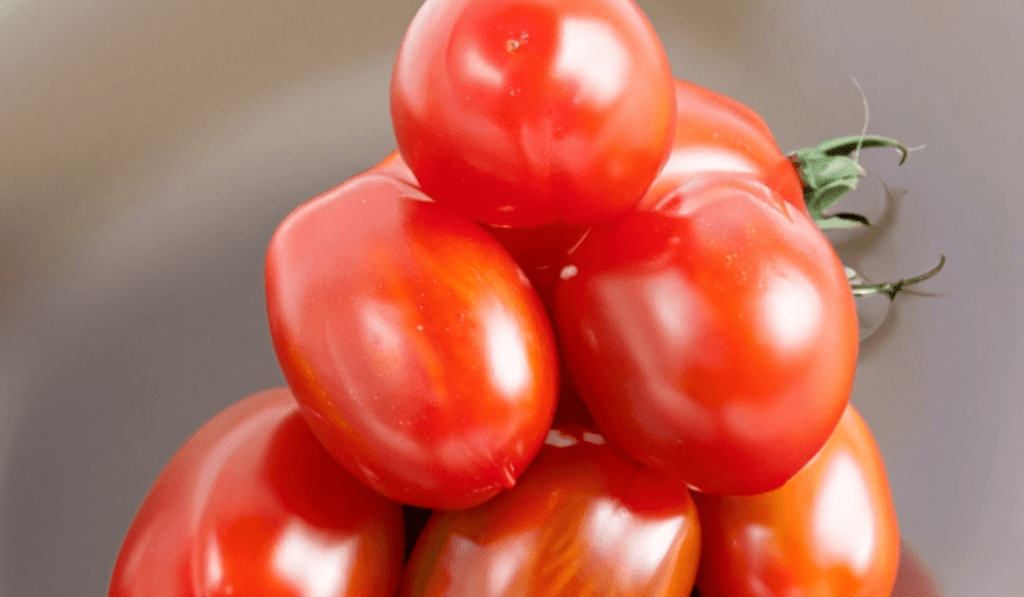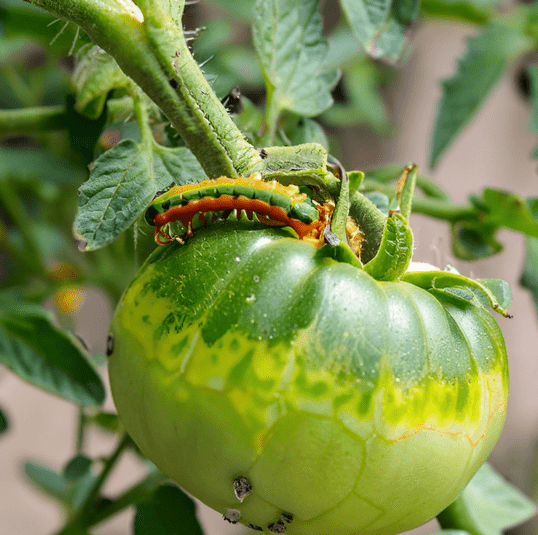Learn How To Plant Plum Tomatoes. Ready to grow these versatile and delicious tomatoes in your garden? Cultivating plum tomatoes can be a rewarding experience. In this guide, we’ll take you through the process of planting plum tomato plants, from selecting the perfect spot to ensuring proper care and maintenance. Whether you’re an experienced gardener or just starting, our step-by-step instructions will guide you toward a successful harvest.
Information About Plum Tomatoes
Plum tomatoes, also known as paste or Roma tomatoes, are cherished for their elongated shape and meaty texture. They are ideal for sauces, canning, and fresh culinary creations. Let’s explore key features of plum tomatoes:
Appearance:
Plum tomatoes have an elongated and cylindrical shape, with fewer seeds and thicker flesh compared to other tomato varieties. They typically boast a bright red color when fully ripe.
Taste:
When it comes to taste, plum tomatoes offer a sweet and slightly tangy flavor. Their meaty texture makes them perfect for sauces, pastes, and other savory dishes.
Culinary Uses:
Plum tomatoes are versatile and commonly used in making sauces, pastes, salsa, and canning. They hold up well to cooking processes, making them a favorite for various culinary applications.
Ripening Season:
Plum tomatoes generally ripen in mid to late summer, providing a concentrated harvest suitable for preserving.
Pollination:
Plum tomato plants can self-pollinate, but planting multiple plants can enhance pollination and increase overall yield.
Plant Description:
Plum tomato plants typically have a determinate growth habit, producing clusters of elongated tomatoes. They feature green foliage and are suitable for both garden beds and containers.
9 Step-by-Step Planting Guide – Plum Tomatoes
Step 1. Select the Ideal Spot:
Choose a sunny location with well-draining soil. Plum tomatoes thrive with at least 6-8 hours of sunlight daily.
Step 2. Consider Pollination:
Planting multiple tomato plants can improve pollination and boost fruit set.
Step 3. Check Soil pH:
Aim for a slightly acidic to neutral pH level between 6.0 and 7.0. Test the soil and make necessary adjustments.
Step 4. Boost Soil Fertility:
Prior to planting, enrich the soil with organic matter like compost for nutrient-rich soil.
Step 5. Dig the Planting Hole:
Dig a hole that accommodates the plant’s root ball, approximately 2 feet wide and 1 foot deep.
Step 6. Plant the Tomato:
Gently place the plum tomato plant in the hole, ensuring the top of the root ball is just above the soil surface.
Step 7. Backfill with Soil:
Fill the hole with soil, gently firming it around the roots to remove air pockets while allowing for proper root growth.
Step 8. Thorough Watering:
After planting, provide deep watering to settle the soil and maintain adequate moisture.
Step 9. Mulch Application:
Apply a 2-4 inch layer of organic mulch around the plant to conserve moisture, suppress weeds, and regulate soil temperature.
Plum Tomato Plant Care and Maintenance
- Watering: Keep the soil consistently moist, especially during the initial years.
- Fertilizing: Apply a balanced fertilizer in early spring for healthy growth.
- Pruning: Prune to remove excess foliage and promote air circulation, preventing diseases.
- Protection against Pests and Diseases: Monitor for common tomato plant pests and diseases, taking appropriate measures for protection.
Plum Tomato Harvesting and Storage
When to Harvest:
- Color: Plum tomatoes should display a bright red color when fully ripe, indicating their readiness for harvest.
- Texture: They should have a firm texture, with a slight give when gently squeezed.
- Taste: Plum tomatoes offer a sweet and slightly tangy taste, especially when fully ripe.
Harvesting Techniques:
- Twist tomatoes gently to detach them from the plant.
- Use pruning shears to cut stems close to branches, avoiding damage to surrounding fruit.
Storage Tips:
- Store harvested plum tomatoes in a cool, dry place with temperatures around 50°F (10°C) or in the refrigerator.
- Use proper storage containers to prevent exposure to air, maintaining freshness.
Conclusion
Growing and caring for plum tomato plants can be a delightful journey for any gardener. With the right location, attention, and care, you’ll enjoy a concentrated harvest of these versatile tomatoes. Ensure consistent care throughout the year, and your plum tomato plants will reward you with a bounty of flavorful tomatoes for your culinary adventures.



